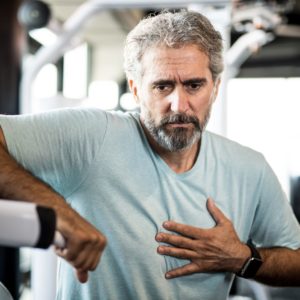
Peripheral Artery Disease is caused by a blocked artery in the lower extremities. The hardening that occurs within the affected artery obstructs normal blood flow to other parts of the body. Without sufficient blood flow, there is a risk of stroke, amputation, or death. One of the challenges of treating Peripheral Artery Disease is that the condition often develops over many years. When symptoms do occur, usually later in life, they are often overlooked or misdiagnosed. According to research, up to 20 percent of adults over age 50 have P.A.D. and do not know it. Of the millions of Americans living with P.A.D., it is estimated that nearly 160,000 will undergo limb amputation. This step is preventable, but patients must know how to spot and manage this vascular condition.
Steps to Managing Peripheral Artery Disease
- Do not smoke. Smoking significantly increases plaque formation in the arteries. It is one of the primary risk factors for P.A.D.
- Support good general health by eating a healthy, balanced diet.
- Manage general health conditions such as diabetes, high blood pressure, and high cholesterol.
- Exercise regularly. Walking does wonders for the vascular system.
- Practice good foot care. This is especially important for people with diabetes or poor circulation.
Peripheral Artery Disease is a chronic condition that requires ongoing care. A vascular surgeon has the special training that is needed to address the entire spectrum of this lifelong condition. Treatment options for P.A.D. are based on how far the disease has progressed. In many cases, management is achieved through simple lifestyle changes and conservative medical care. Bypass surgery or minimally-invasive endovascular treatment may be necessary in cases of severe blockages. More recently, vascular specialists have utilized a multi-pronged approach to achieve maximum improvement.
The objective in treating and managing Peripheral Artery Disease is restoring proper blood flow, which restores the delivery of nutrients and oxygen throughout the body. A vascular surgeon is specifically trained to address all degrees of P.A.D. as quickly and successfully as possible.
For assistance with the management and treatment of Peripheral Artery Disease, contact Minimally Invasive Vascular Center in Laurel, MD at (855) 803-MIVC. We’re here to help.


Monday – Thursday: 9am – 5pm
Friday: 9am – 1pm
Saturday – Sunday: Closed